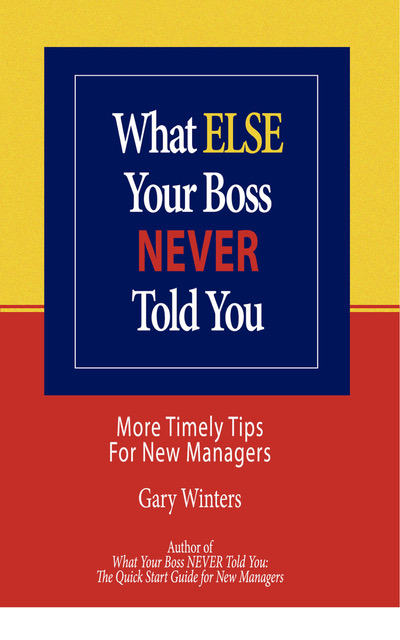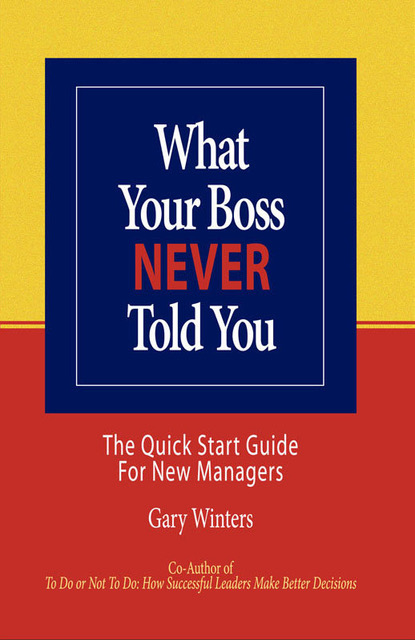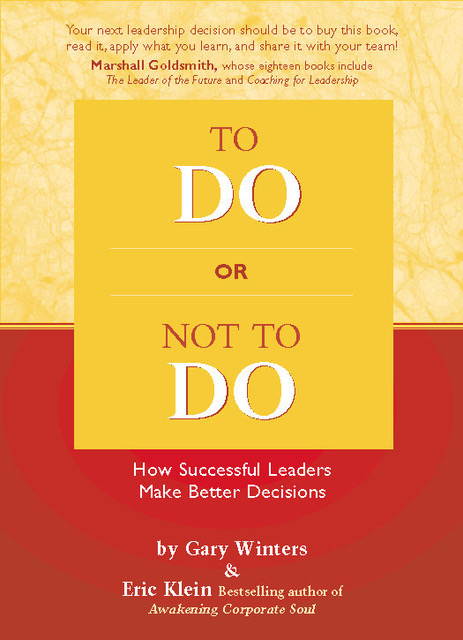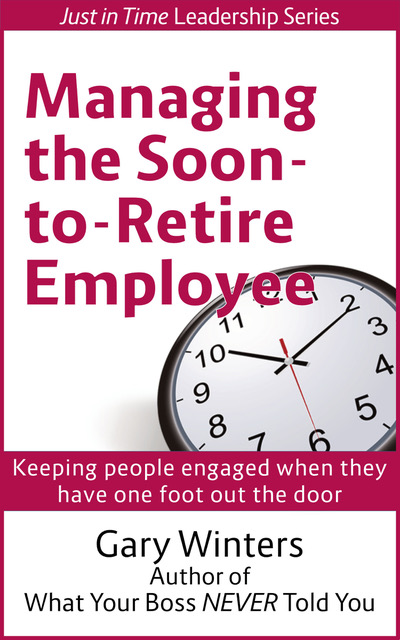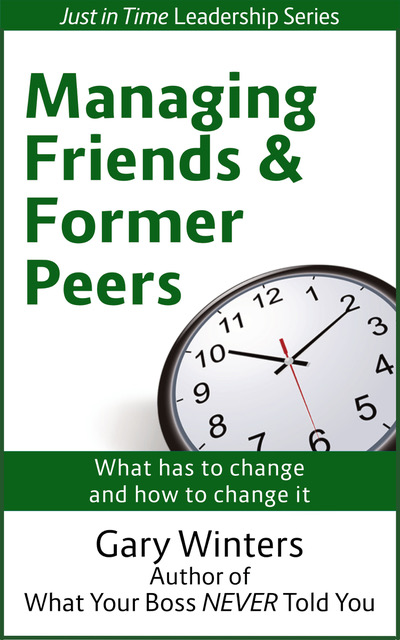Don’t build a box around yourself and you won’t have to think outside it.
I saw this on the internet in someone’s signature quote, and it struck me as one of those simple but profound ideas.
Got me to wondering, what kinds of boxes might leaders build around themselves? Here’s a few that come to mind:
I’m in charge so I have to be smarter than anyone else.
The classic box that leaders build around themselves is the notion that because they’ve been elevated, promoted, or chosen for a leadership role, it’s their responsibility to be smarter than their team, precisely because they’ve been put in charge.
IF you’ve built this box around yourself, you’re in big trouble. Successful leaders surround themselves with smart people and learn from them.
We have a “chain of command” and people had better respect that.
The language of organizations has always fascinated me. The phrase that always chafes me is “chain of command.” It’s been borrowed from the military, and let’s face it – today’s organizations have moved far from being clones of military models.
BusinessDictionary.com offers this definition of “chain of command” – Order in which authority and power in an organization is wielded and delegated from top management to every employee at every level of the organization. Instructions flow downward along the chain of command and accountability flows upward. According to its proponent Henri Fayol, the more clear cut this chain the more effective the decision making process and the greater the efficiency.
Well, yes and no. Yes, it’s the job of leaders (from top management to front-line supervisors to temporary team leaders) to establish “what” we’re going to set out to do, and it’s the job of individual contributors to determine “how” we’re going to do it (for the most part).
My objection is the mental model that comes from envisioning a “chain of command,” and from the notion that leaders are effective when they wield power from their positional authority. You remember the phrases like – “My way or the highway.” Yes, it works. Short term. Under protest. And people who are led by fear (which is what this is, after all) rarely deliver superior performance.
In this organization, things are always… In this organization, things are never…
Let’s switch gears. Some boxes we build around ourselves are constructed with affirmations we repeat to ourselves (often non-consciously) over and over. Two of the most powerful use the words always or never. Almost nothing is “always” or “never.” When you subscribe to the notion of always or never, you box yourself in.
Admit it – your organization isn’t always anything, and isn’t never anything. Same for your staff. Pete doesn’t always complain (even if he complains frequently). When you build a box of “Pete always complains,” you have to spend a lot of energy thinking outside that box to see Pete in another light.
Fire! Ready, Aim! or Ready? Ready? Ready? Aim, Fire! or Ready? Aim! Aim! Aim! Fire!
I love playing with these twists on the old adage, Ready, Aim, Fire! I’ve known many leaders trapping themselves inside one of these three boxes:
- One is the leader who demands action over preparation (Fire! Ready, Aim!)
- Another is the leader who is paralyzed with analysis and planning (Ready? Aim! Aim! Aim! Fire!)
- A third is the leader who is boxed in by his/her concern for consensus and unity (Ready? Ready? Ready? Aim, Fire!)
A good exercise is to find some quiet time and ask yourself – what kinds of boxes have you built around yourself? What thought habits, mental models, or non-consciously adopted belief systems do you carry around, boxing you in so strongly that you have to “think outside the box” to free your creative mind?
Instead of thinking outside the box, why not tear it down and throw it away? Boxes limit you. What do you need to do to dismantle your boxes, so you don’t have to think outside of them anymore?
I’d love to hear more examples of boxes that leaders climb inside. Got some?


